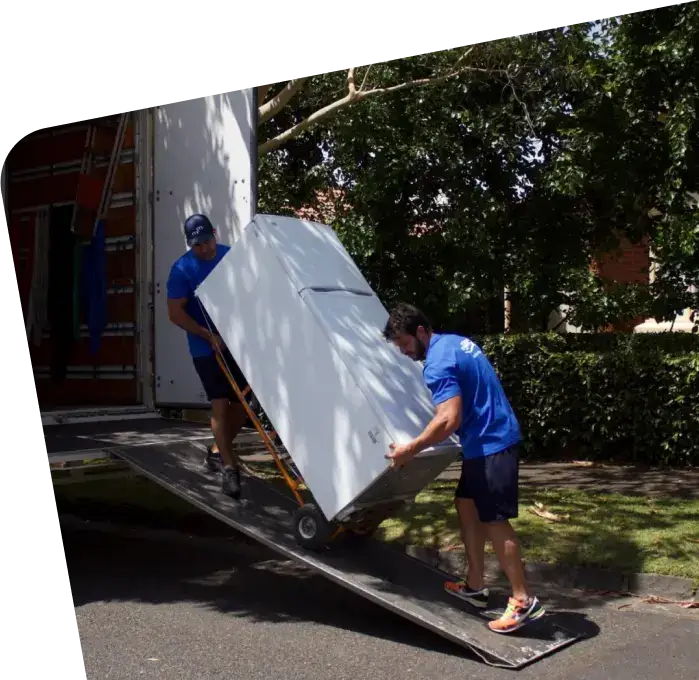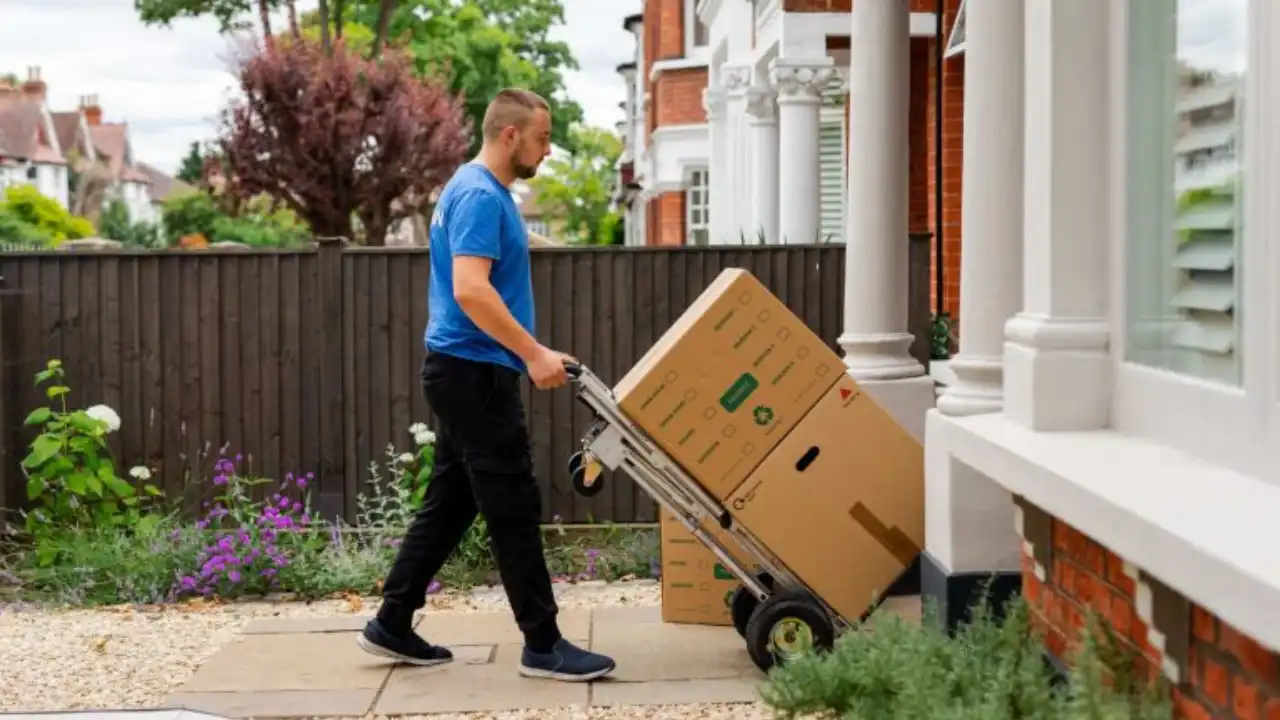How to move kitchen appliances
Are you moving home and taking your appliances with you? If so, you're in the right place. We move hundreds of appliances weekly, so let us tell you how.

Are you moving home and taking your appliances with you? If so, you're in the right place. We move hundreds of appliances weekly, so let us tell you how.

You might be the most well-organised person in the world, but that won't change the fact that moving house on your own can be hard work. Having to shift your heavy furniture can be challenging enough, but your kitchen appliances can present an even more significant challenge. Not only do you need to know how to disconnect them correctly, but you will also need to be able to store them safely to avoid damaging them. Worse yet, you could do a number on the property's utilities, which can be hugely expensive to repair on short notice.
Luckily, the instructions for most appliance models are online; as long as you have the make and serial number, finding them should be easy. Remember, the rules between appliances can vary significantly, so working according to the correct instructions is essential.
Of course, you don't necessarily have to do everything yourself. Most removal companies will be able to provide enough DIY know-how for their removers to disconnect everything without any trouble. They will also be able to provide all the resources - and extra pairs of hands - to get everything to your new home in one piece, as well as the insurance to transport it all safely.
Depending on your appliance type, your remover may need to call out for a plumber, electrical or gas engineer. First, ask how much it will cost, then compare it with other local providers to ensure you can get a good deal.
Rather than lugging your appliances to your new home, you could also choose to sell, recycle or even freecycle them. With most white goods, you should have no trouble finding new owners, provided that what you get rid of is still in decent condition.
An important thing to get out of the way right now is that you cannot simply dump your white goods to get rid of them. If you cannot find a new home for them, contact a local white goods recycling company or ask your local authority if there is a free service for you to use.
When trying to move an oven, it is very easy to damage your floor and the appliance itself. Remember, if your oven is mounted to a wall, do not attempt to move it alone. Instead, contact a professional electrician or gas engineer as appropriate.
For an electric oven, start by switching it off at the wall and removing the plug. With a gas oven, you must find the attached gas line and switch off the main valve, which you can usually find where the gas line meets the wall.
Next, remove any detachable parts from the oven, including the hob grades and inner shelves. Cover these pieces in towels or protective packaging, then put them in a clearly marked box.
Using a dolly, lift and slide the oven out of its space by the wall. Be sure to have a friend keeping the back of the stove steady, or it may drag and scratch your floor.
When transporting a washing machine, using the original packaging is the best possible option for a move. However, you've likely long since disposed of this and need a secure alternative. Usually, a professional remover will be able to provide the necessary packaging. While this can mean an additional fee, keeping expensive equipment safe is worth it.
Start by turning off the plug at the wall, then remove it. Next, coil up the cord and attach it to the washing machine with tape to stop it from getting in the way.
The next step will be to turn the water valves clockwise to shut off the water supply to the washing machine. The next step could be a soggy one, so have a mop and bucket handy.
Do you see the screws keeping the hose attached to the washing machine? Turn these anticlockwise, pull the hose out and hold it over the bucket. Hold it until the water drains out completely, then clean up any spills as quickly as possible to prevent any injuries.
Once the hoses, cables and plugs are detached, tape them to the washing machine or place them in clearly marked boxes. Keep the electrical pieces dry, or you could avoid trouble later on.
You will want to remove your washing machine by lifting it onto your dolly and sliding it out. Next, have someone place a large towel underneath the machine to prevent it from damaging the floor if you drop it. Finally, when transporting the washing machine on the dolly, always keep it upright.
When removing a dishwasher, the first thing that you will want to do is to take out any dishes or crockery from inside. You might think you can save time by leaving them in there, but this will likely break them or damage your dishwasher.
Once the dishwasher is empty, run it through a clean wash to get it completely spotless. The next step will be to remove any shelves or baskets from the inside and leave them somewhere to dry. Pack these away in a clearly marked box before you start your move.
Most dishwashers are embedded in kitchens, typically beside sinks or washing machines. You will need to remove the screws or bolts holding yours in place, but ideally not before turning it off at the wall and unplugging it.
Once the washing machine is detached, you can slowly slide it out. If you still need to turn the appliance off and unplug it, do so now. The instructions should let you know how to remove the water hose.
When the dishwasher is disconnected, tape loose wires or tubing down, then wrap the machine in protective packaging. Next, secure everything down with rope. Remember, you do not want the covering to shift during the move.
If you want to move a fridge freezer, start by emptying it of any food, liquids, shelves, drawers, egg trays, etc. If it has a freezer section, you must also leave it to defrost for six to eight hours (be sure to leave a towel out to soak up the water!). Once the pieces are removed, use towels to wrap them up or place them in clearly labelled boxes.
The next step will be to turn the fridge off at the outlet and then unplug it. Next, coil the wire up and tape it to the refrigerator itself. If it has an ice cube maker, refer to your manual to discover how to disconnect its hose safely.
Tie a bungee cord around the fridge to secure the doors. Avoid using tape, as this may ruin the finish on the fridge.
When moving the fridge itself, if there are any stairs, ensure you have at least one other person helping you. An important note to remember during the transport is not to lie it on its back, or you could damage the fridge.

"Both guys were very professional and took care of our sofas and big American fridge, which I was very anxious about. Would definitely recommend!"
Hassan, Trustpilot
We hope you’ve enjoyed reading this article as much as we did writing it. After moving 2,000 fridge freezers upstairs, downstairs and along corridors, we've come to one straightforward conclusion: leave it to the pros!